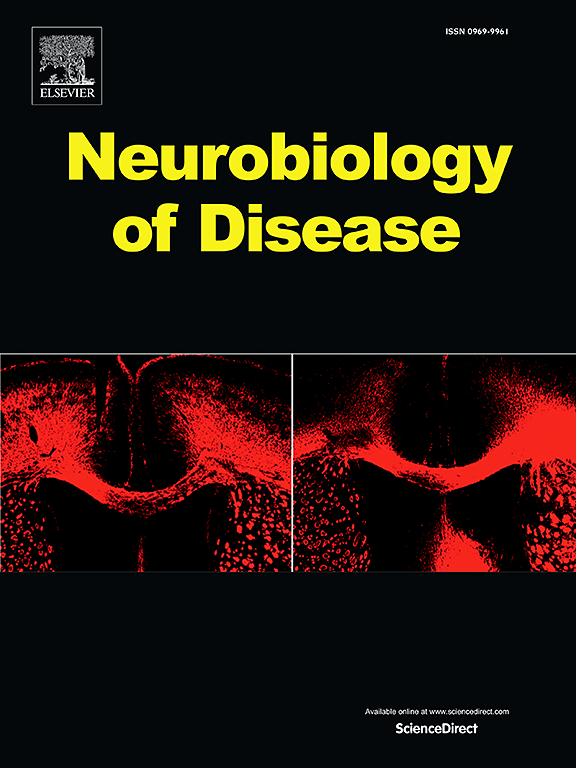α-Synuclein pathology and mitochondrial dysfunction: Toxic partners in Parkinson's disease
IF 5.1
2区 医学
Q1 NEUROSCIENCES
引用次数: 0
Abstract
Two major neuropathological features of Parkinson's disease (PD) are α-synuclein Lewy pathology and mitochondrial dysfunction. Although both α-synuclein pathology and mitochondrial dysfunction may independently contribute to PD pathogenesis, the interaction between these two factors is not yet fully understood. In this review, we discuss the physiological functions of α-synuclein and mitochondrial homeostasis in neurons as well as the pathological defects that ensue when these functions are disturbed in PD. Recent studies have highlighted that dysfunctional mitochondria can become sequestered within Lewy bodies, and cell biology studies have suggested that α-synuclein can directly impair mitochondrial function. There are also PD cases caused by genetic or environmental perturbation of mitochondrial homeostasis. Together, these studies suggest that mitochondrial dysfunction may be a common pathway to neurodegeneration in PD, triggered by multiple insults. We review the literature surrounding the interaction between α-synuclein and mitochondria and highlight open questions in the field that may be explored to advance our understanding of PD and develop novel, disease-modifying therapies.
求助全文
约1分钟内获得全文
求助全文
来源期刊

Neurobiology of Disease
医学-神经科学
CiteScore
11.20
自引率
3.30%
发文量
270
审稿时长
76 days
期刊介绍:
Neurobiology of Disease is a major international journal at the interface between basic and clinical neuroscience. The journal provides a forum for the publication of top quality research papers on: molecular and cellular definitions of disease mechanisms, the neural systems and underpinning behavioral disorders, the genetics of inherited neurological and psychiatric diseases, nervous system aging, and findings relevant to the development of new therapies.
 求助内容:
求助内容: 应助结果提醒方式:
应助结果提醒方式:


